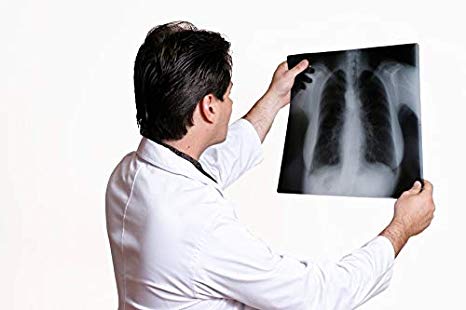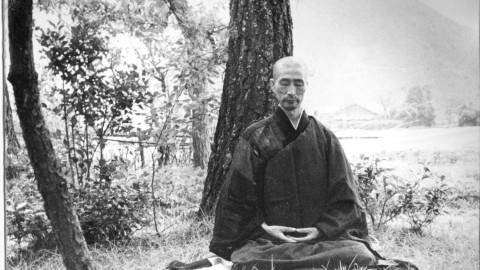Knowledge, Information and Experience
Wilhelm Röntgen the German engineer and physicist, on 8 November 1895, produced and detected electromagnetic radiation known as X-rays, which earned him the first Nobel Prize in Physics in 1901. This ushered in an era of looking within the physical body in a non-intrusive manner and capture the status in the form of an X-ray Film to help medical diagnostics.
Film Packaging
Radiographic film can be purchased in a number of different packaging options. The most basic form is as individual sheets in a box. In preparation for use, each sheet must be loaded into a cassette or film holder in the darkroom to protect it from exposure to light. The sheets are available in a variety of sizes and can be purchased with or without interleaving paper. Interleaved packages have a layer of paper that separates each piece of film. The interleaving paper is removed before the film is loaded into the film holder. Many users find the interleaving paper useful in separating the sheets of film and offer some protection against scratches and dirt during handling.
Industrial x-ray films are also available in a form in which each sheet is enclosed in a light-tight envelope. The film can be exposed from either side without removing it from the protective packaging. A rip strip makes it easy to remove the film in the darkroom for processing. This form of packaging has the advantage of eliminating the process of loading the film holders in the darkroom. The film is completely protected from finger marks and dirt until the time the film is removed from the envelope for processing.
Packaged film is also available in rolls, which allows the radiographer to cut the film to any length. The ends of the packaging are sealed with electrical tape in the darkroom. In applications such as the radiography of circumferential welds and the examination of long joints on an aircraft fuselage, long lengths of film offer great economic advantage. The film is wrapped around the outside of a structure and the radiation source is positioned on axis inside, allowing for examination of a large area with a single exposure.
Envelope packaged film can be purchased with the film sandwiched between two lead oxide screens. The screens function to reduce scatter radiation at energy levels below 150keV and as intensification screens above 150 keV.
Film Handling
X-ray film should always be handled carefully to avoid physical strains, such as pressure, creasing, buckling, friction, etc. Whenever films are loaded in semi-flexible holders and external clamping devices are used, care should be taken to be sure pressure is uniform. If a film holder bears against a few high spots, such as on an un-ground weld, the pressure may be great enough to produce desensitized areas in the radiograph. This precaution is particularly important when using envelope-packed films.
Marks resulting from contact with fingers that are moist or contaminated with processing chemicals, as well as crimp marks, are avoided if large films are always grasped by the edges and allowed to hang free. A supply of clean towels should be kept close at hand as an incentive to dry the hands often and well. Use of envelope-packed films avoids many of these problems until the envelope is opened for processing.
Another important precaution is to avoid drawing film rapidly from cartons, exposure holders, or cassettes. Such care will help to eliminate circular or treelike black markings in the radiograph that sometimes result due to static electric discharges.
Tags: Be Prayerful Connect With Your Soul










